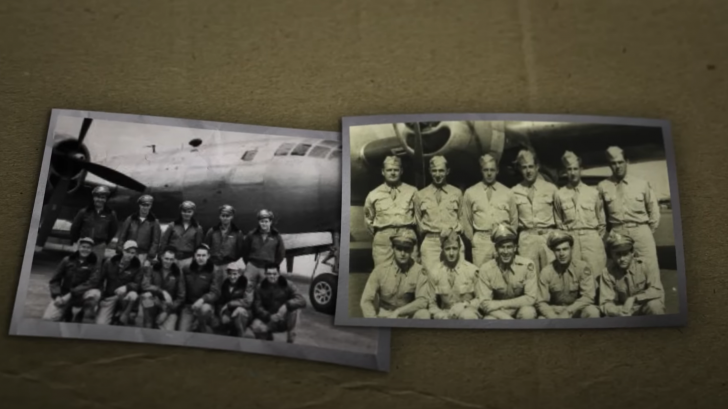During World War II, the B-29 Superfortress was one of the most formidable aircraft in the skies. Capable of carrying a devastating payload, the B-29 was an essential tool in the United States’ effort to defeat Japan.
One of its many pilots was Frederick Allen Stearns, who flew the #42-94098 along with eleven more crewmembers.
Part of the 314th
Situated in Guam, Allen’s crew conducted several raids on Hiratsuka and two other cities in July of that year. A few days later, on July 27, 1945, Allen’s B-29 was a part of a 130 B-29 raid to bomb the Japanese port city of Omuta.
After hours of travel, their formation was able to pass safely over Iwo Jima. But their luck would run out three hours later after a group of Japanese night fighters was able to confront the bomber formations.
Intercepted By Japan
These interceptors were most likely the Nakajima J1N Gekko, the premier Japanese night fighter. Unlike most Japanese fighters, the J1N was a twin-engine aircraft and wasn’t as agile in the air. Regardless, the Gekko turned out to be quite an effective night fighter after it was outfitted with radar and cannons.
By the time the encounter was over, about a third of Omuta was either destroyed or in flames. However, only one of the planes in the attack was not able to return.

The Survivors
Other bomber crews were able to spot a lone B-29 as they went home. The Superfortress had one engine on fire while it was under attack by several Japanese fighters.
During the fight, the ailing warbird disappeared into a cloud bank before disintegrating into flaming pieces.
Of the eleven crew members aboard the Superfortress, one died due to enemy fire while three more perished as the aircraft fell apart mid-air. Still, Allen and seven more of his crew managed to deploy their parachutes and landed in Japan.
Unfortunately, one crew member would later die after being killed by angry villagers. The rest of them were captured by officials and were taken to Western Army Headquarters in Fukuoka, Japan.
Treated As War Criminals
In Japan, these men were seen as war criminals. The consequences of the Doolittle Raid in 1942 and the subsequent firebombing raids of Japanese cities worsened the situation the men were in.
Four days after America dropped the Atomic bombs in August, Japanese officers at the camp decided to kill eight prisoners using their swords. On August 15, 1945, even after the Japanese Emperor broadcasted their surrender, the Japanese officers at the camp still killed the last seventeen Americans in their custody – again by beheading them using swords – to cover up the murders. Included in one of the executions was Corporal Frederick Allen Stearns. His bones would never be recovered.

Serving… Justice?
Several years after WWII, the 35 men responsible for the murders were brought to a war trial. Eight were granted severance or acquitted, 15 were given various prison sentences, and five received life sentences. The seven remaining men were given death sentences, but this would later be commuted. By December 31, 1958, the last Japanese prisoners involved in the executions were released to the public.



